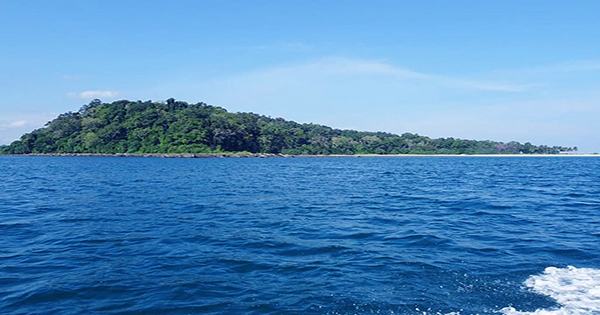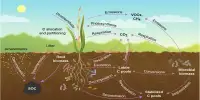In the first large-scale survey of temperature changes where rivers meet the sea, Australia’s estuaries warmed twice as fast as the sea or nearby land. Although it has only been conducted in parts of one country, studies at individual Northern Hemisphere sites suggest that a disruption pattern is emerging, threatening sites with great economic and environmental values.
The University of Sydney’s Dr. Elliot Scanes told IFLScience, “Estuaries are critical to both the environment and the community for fishing and aquaculture.” “These are places where there are lots of juvenile fish, where nutrients are transferred from the land to the sea.” The scans note the area where the study was conducted includes a large estuarine oyster farming industry.
A century of data collected from a few currencies in North America and Europe shows that everything is warming rapidly. It is especially important to give the study sites to a large number of people in the vicinity, but it is less clear how representative they are. To address these gaps, Scan and Professor Pauline Ross studied 166 estuaries along 1,100 kilometers (700 miles) of the New South Wales coastline over a 12-year period.
In nature communications, they report a surprising 2.16 º C (3.9ºF) increase of about 0.2º C per year. Scanes said in a statement, “This proves that climate change has arrived in Australia; it is not a projection based on modeling, but rather empirical data from more than a decade of investigation.” By comparison, the state tendency for land temperatures was somewhat more than halved at the same time and the Pacific Ocean was still slowly warming. Climate scientists often insist on 30-year-old samples to establish trends. Cherry-picking data in any short form is risky so deny using climate change as a favorite starting point.
Scanes acknowledged IFLScience, “It may feel good to take longer, but I don’t think it’s a good idea to ignore this effect.” “We were able to cover three El Niños and three La Niñas, a major source of inter-annual climate change in south-eastern Australia.”
In addition to the overall trend, the study provides clues to the causes of the cause, allowing comparisons between different types of illusions. Ross said, “Lagoons (shallow reservoirs separated from the sea by barrier islands) and rivers grew faster in temperature than creeks and lakes because they were shallower in exchange for limited seas.”
Scanes told IFLScience that the shallow nature of most Australian estuaries leads them to warmer faster than the open ocean, as they are more exposed to the atmosphere, a pattern that holds in other parts of the world. However, the study did not find out why temperatures are rising faster than on land. Lifting is not just faced to face. Their pH level drops by 0.09 units a year, a trend that could lead to dangerous acidity. Rivers, meanwhile, have become more saline, but the reduced flow has cut off more streams as a result of their exchange with the ocean, discreetly making them less saline.














